A week ago, I was in Heiligenberg (Holy Mountain), South Germany, near Lake Constance visiting Manfred and Sabine for 5 days. It was a precious time with these two friends filled with exchanges, meditations, little excursions and relaxing in their beautiful garden. Manfred has created a little paradise with many roses and other flowers, trees, and bushes with plenty of red and black currants, raspberries and blackberries at the moment – delicious…
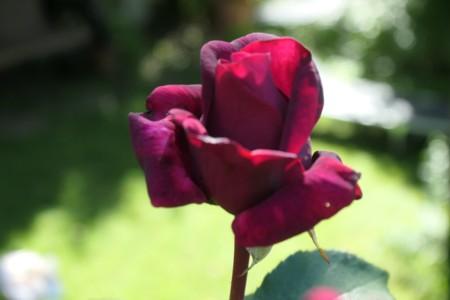
 Passion flower, it says the flower shows the instruments of the crucifixion of Christ – and the radiance of overcoming death.
Passion flower, it says the flower shows the instruments of the crucifixion of Christ – and the radiance of overcoming death.
In the first evening, Manfred took me up to the forest near the castle where there are two natural burial sites and we spoke about our “transition planning”. In Germany, there are only such places where you can bury the urns outside traditional cemeteries – in Switzerland, it is allowed to give the ash into lakes, rivers, or places in nature.
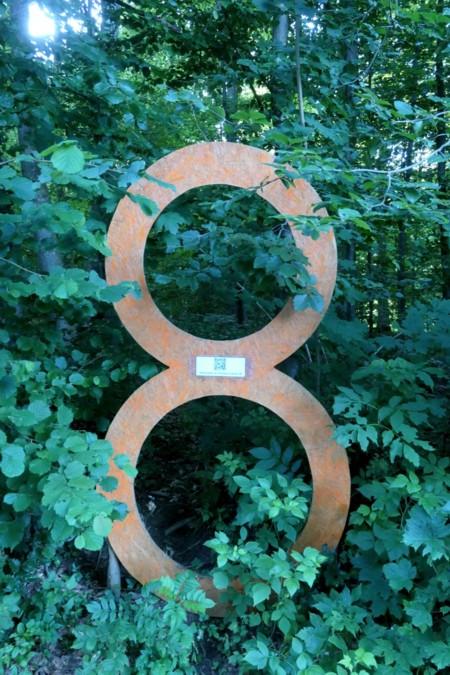
We then followed a path along the cliffs, which had been only recently re-opened after a longer renovation. It lead to the “friendship cave”, a natural cave, where some centuries ago castle servants were living.
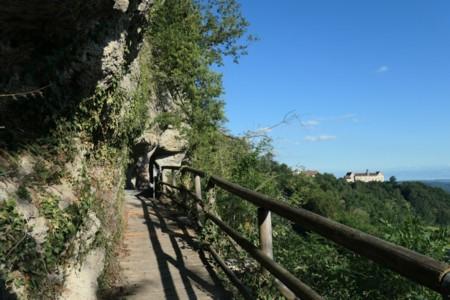
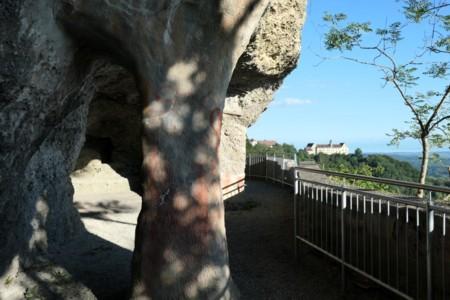
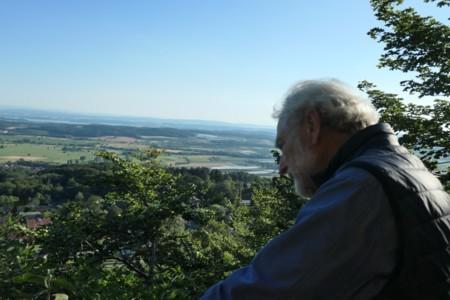
Next morning, Sabine took me to Meersburg on Lake Constance. We walked through the old town and the new castle. There, we saw a statue of the German poet Annette von Droste-Hülshoff (1797-1848), who lived for eight years in Meersburg.

We then visited the Prince’s House, which Annette had purchased to live there, with a gorgeous view over the lake. Now, it is a museum dedicated to this first well-known German poetess.
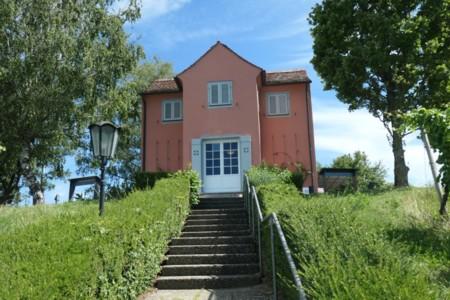
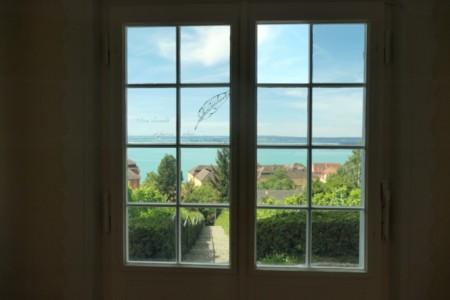
It was very special for me: Already in school, we learnt some of Annette’s poems by heart and read texts. About 40 years ago, a dear friend of mine wrote his PhD about the chronology of her life for the historical-critical complete edition of her works. I was jobless at that time and he gave me his work for typing; thus, I knew many details about Annette. My friend then arranged that I became a museum guide at the Rüschhaus near Münster, North Germany, where Annette had previously lived. Now, in the Prince’s House, there were several pictures of this other house.
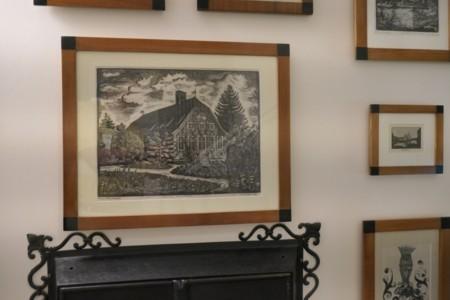
Afterwards, we visited the Meersburg cemetery where Annette is buried. We also wanted to see the grave of another famous person, Franz Anton Mesmer (1734–1815), who studied “animal magnetism”. He was hypnotizing people and healing with his hands – of course, much disputed and considered “imagination” by the mainstream physicians and scientists.
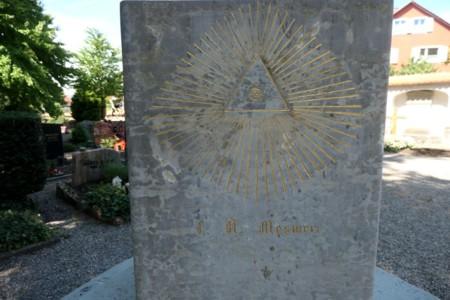
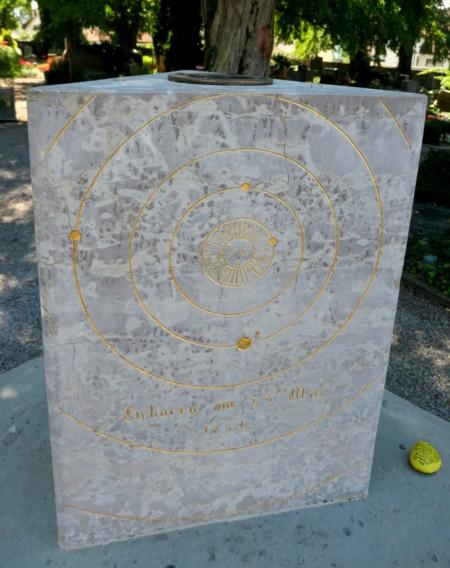
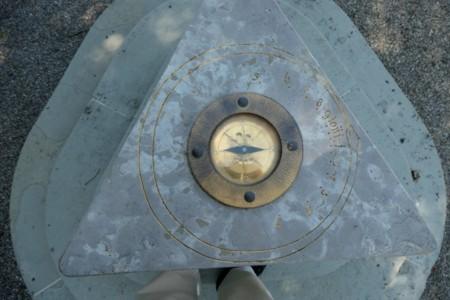
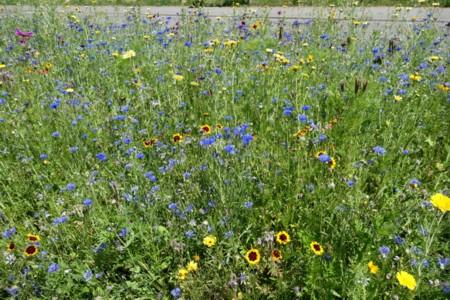
We spent the afternoon in the garden, and in the evening, we went to a small theater in an old basement vault in Überlingen. The “Noltes Theater” presented “Summer Night Rapture”, a poetic performance with songs, jazz and blues music – full of linguistic wit, furious piano playing, and enthusiasm for theater.

